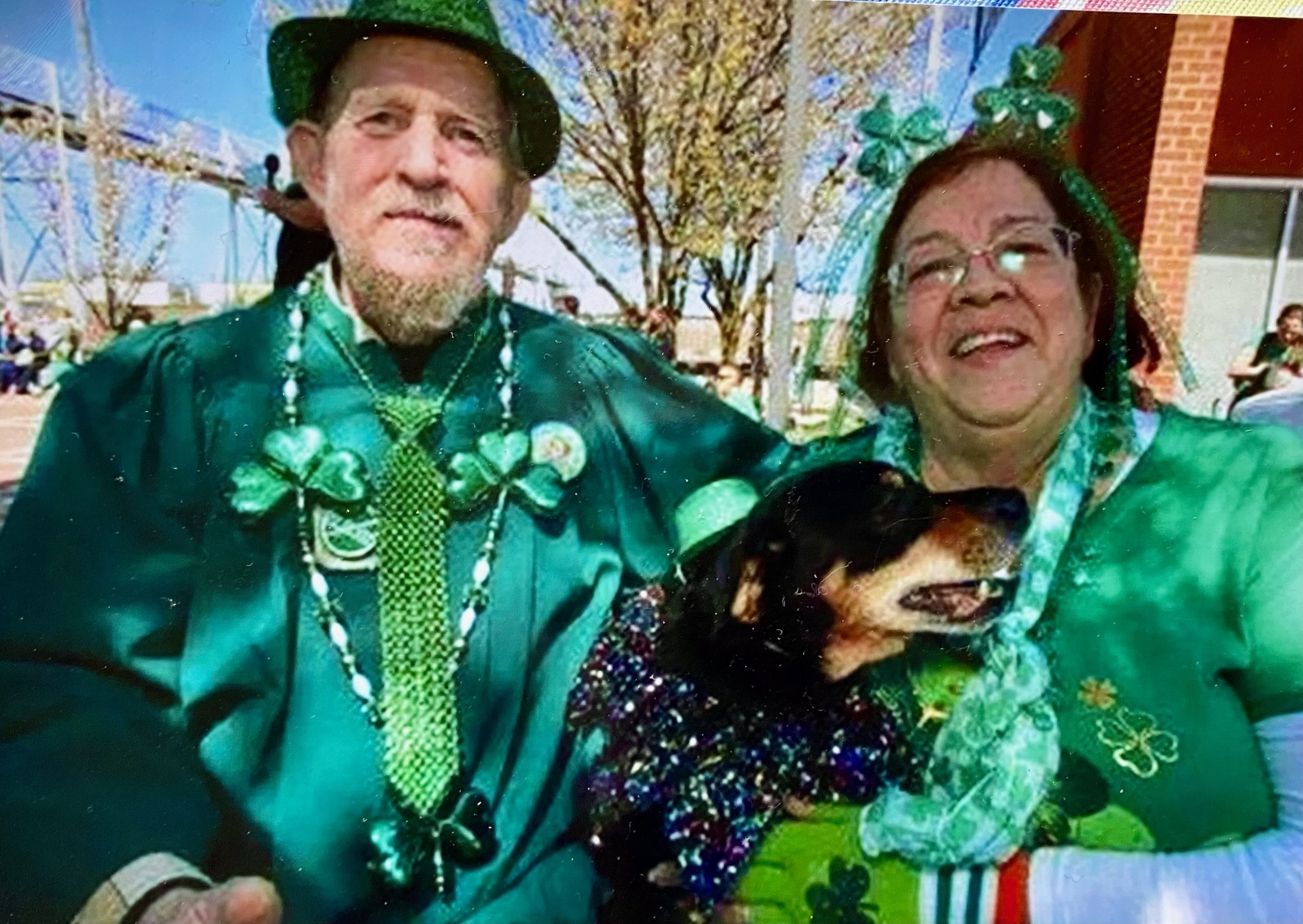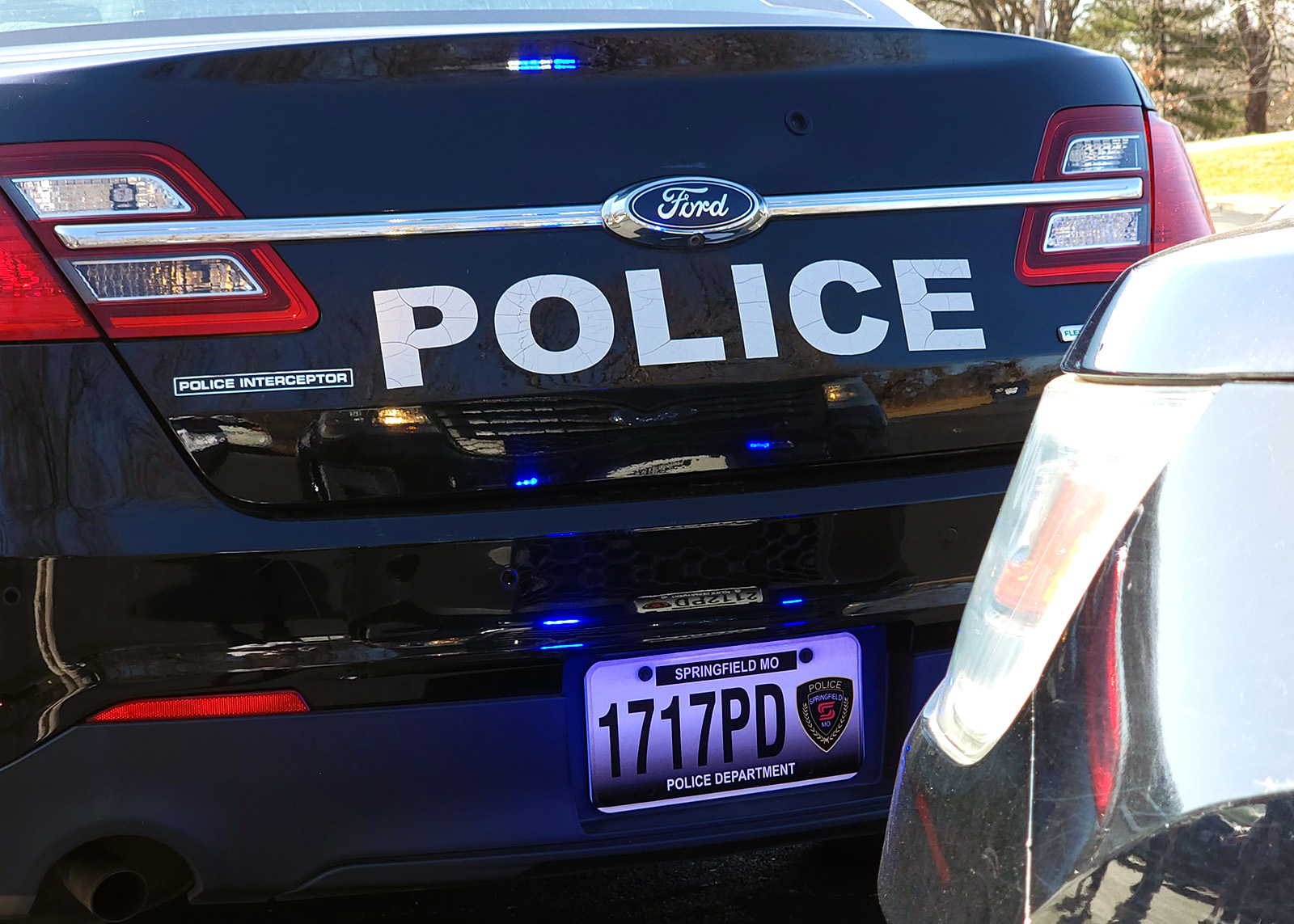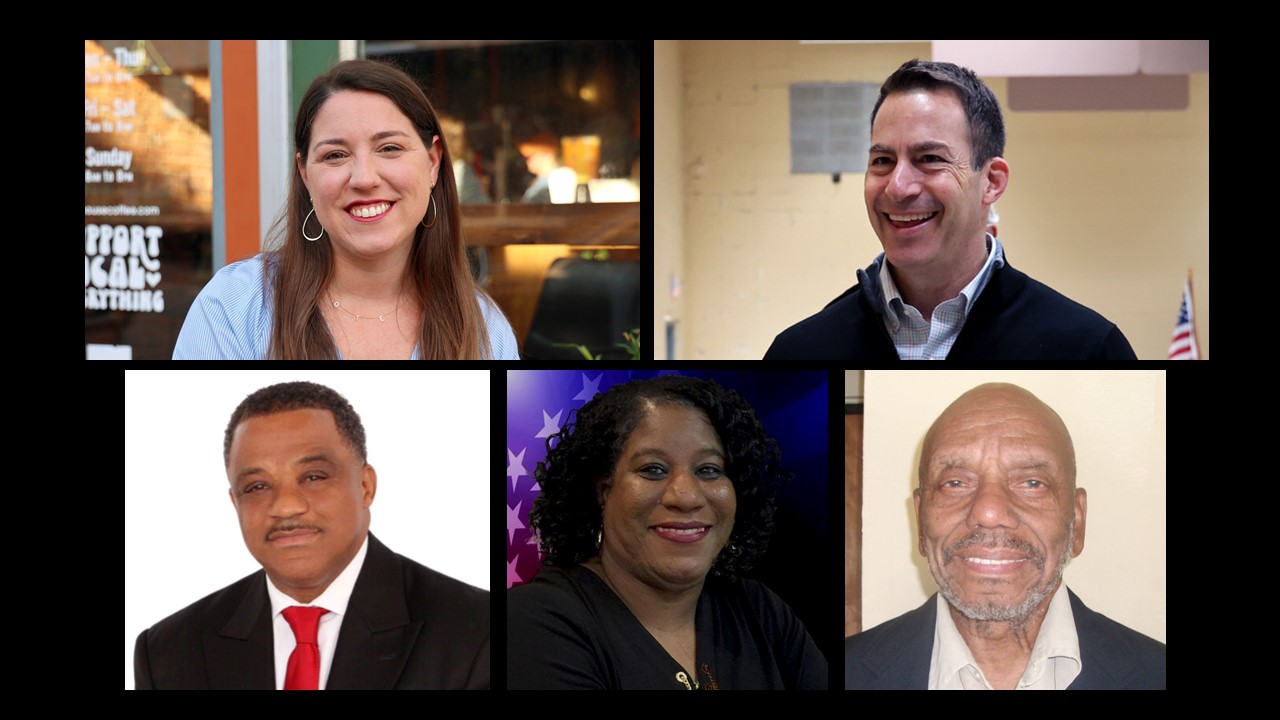The surest way to get Houston Taylor to do something was to tell him that he didn’t have the ability to do it.
Like the time he took his young daughter’s rented violin to a local expert to have a broken string replaced:
“I was just making conversation there with the fellow, sort of wondering out loud what it would take to build a violin,” Houston once recounted. “And he says, ‘Why, you couldn’t build one of those! That takes a skilled craftsman.’
“He shouldn’t have said that…”
Houston, who died Sept. 23 at age 91, proceeded to follow advice he gave his students at what was then Southwest Missouri State University during his 27 years there as an industrial technology professor:
He scoured libraries for information on how luthiers constructed violins. He assembled necessary materials and tools. Then he methodically adopted, adapted and honed techniques to turn maple, spruce and other fine woods into musical instruments.
Over the next decade Houston built at least 27 violins, a few violas and one cello. The early ones, he chuckled in retrospect, “were only good as fly-swatters.”
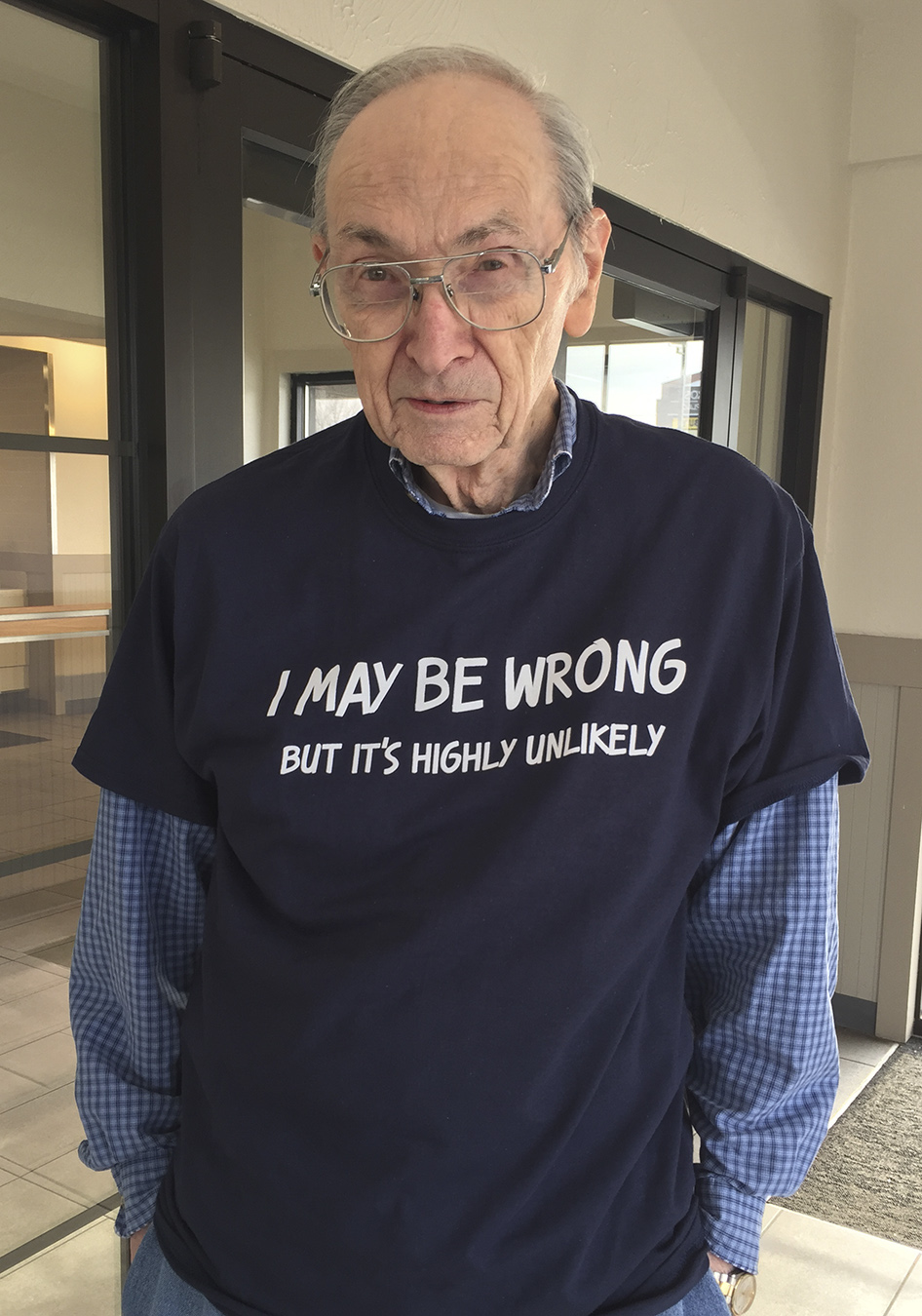
But the quality improved, and one of the later violins is regularly heard today in performances in Tennessee by the Knoxville Symphony Orchestra — played by his now-adult daughter, Stacy.
Memorial gathering Oct. 7
A memorial gathering for Houston Taylor is scheduled from 6 to 8 p.m. on Friday, Oct. 7, at Gorman-Scharpf Funeral Home, 1947 E. Seminole St.
Houston built more than violins and violas. There were airplanes — model and man-size. Sophisticated radios and other electronic gear that he designed and constructed. Innovative and elegant telegraph keys that he machined. Sturdy household furniture, and more.
“Houston was a man of many talents, and master of them all,” marvels pal Jim Ervin.
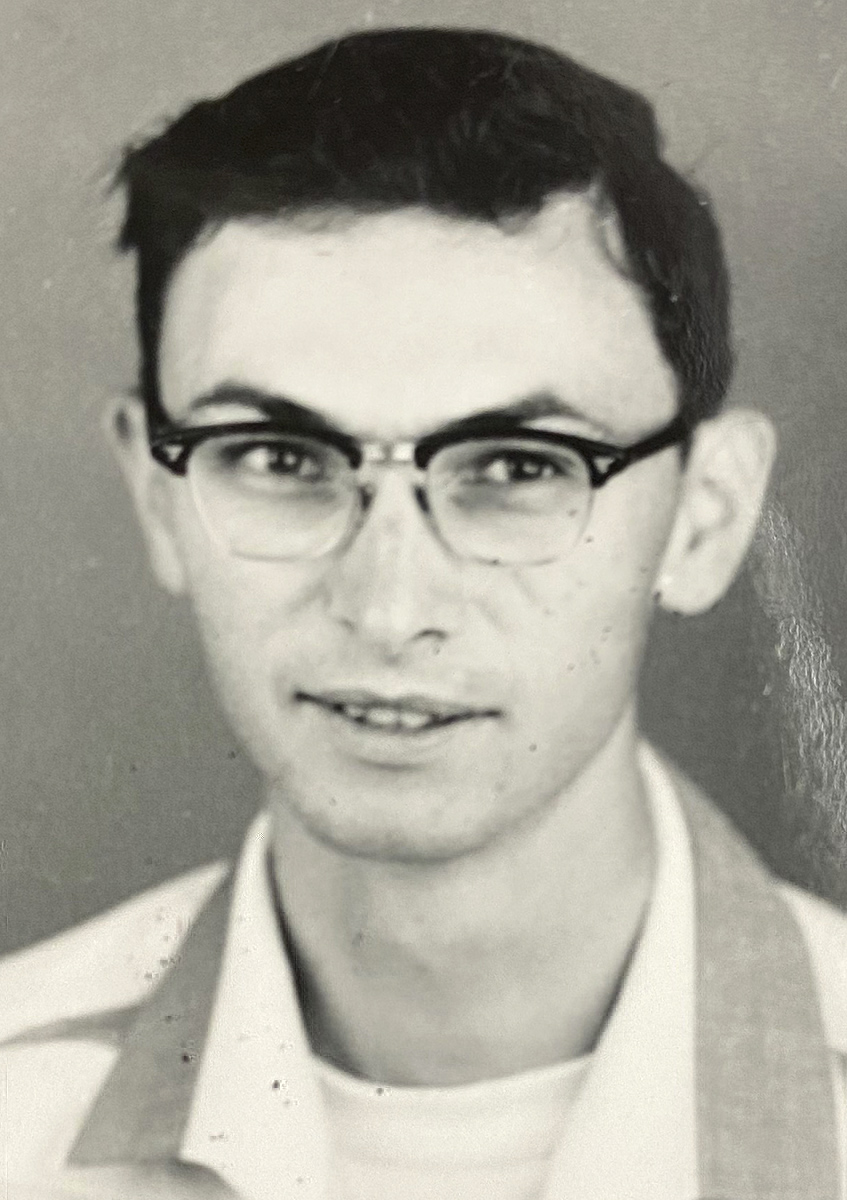
Houston rose out of modest beginnings in the Arkansas River town of Clarksville, Ark. After duty in the Air Force in the early 1950s, he returned to his hometown and enrolled in College of the Ozarks (now University of the Ozarks) there.
He completed a bachelor’s degree program in 1956 with an eye to becoming a school teacher. A year later, he had a master’s degree in hand from the University of Arkansas, 90 miles northwest of Clarksville in Fayetteville.
He began teaching junior high general science classes, and soon reached two important conclusions: One, after a stint as an assistant principal, he decided he didn’t want to be a school administrator. And two, he decided that he did want to marry a colleague, biology teacher Charlotte Register, with whom he spent the next four decades until her death in 2011.
Houston re-enrolled at the University of Arkansas in the mid-1960s to pursue a doctorate. In 1968, he completed the requirements for a Ph.D. — but in a bit of bureaucratic maneuvering, he was poached by the university’s College of Education and actually was awarded an Ed.D. (Doctor of Education) diploma.
A few months before completing the oral defense of his doctoral thesis, Houston landed a job as an industrial technology instructor at SMS. He quickly rose through the ranks from assistant to associate to full professor by 1975.
He is remembered by former students with respect and fondness:
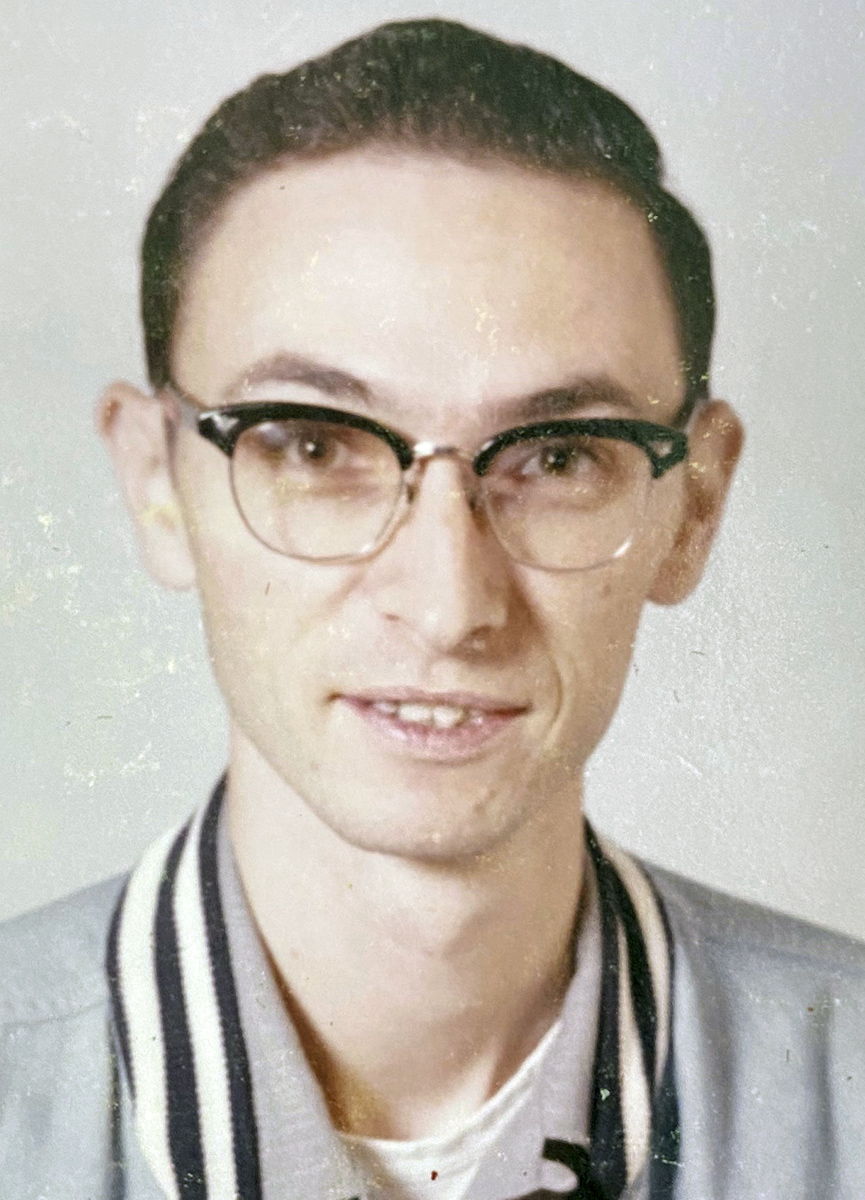
“He was strict, but he was fair,” recalls Jim Hatfield, a retired machinist in Springfield, who in the 1970s enrolled in two courses taught by Houston. “He made no bones about it: ‘You read the book, you come to class, and you’ll be fine.’ It was like, ‘If you want an education, you’ll get it. If you don’t, that’s OK, too — but it’s your decision.’”
Mike Brumley, retired from a career as an electrician and president/business manager for the IBEW unit that represented employees at the former Lily-Tulip/Sweetheart/Solo cup plant here, took courses in electricity, automotive technology and power technology from Houston.
“I’ve never known anyone with his knowledge and ability to teach,” says Brumley. “He could absolutely design and construct anything, and instruct students in the methods.”
‘An old-school instructor'
“I had Dr. Taylor as an industrial plastics professor in the late ’70s,” says Stuart Smith, who lives in Rogersville. “He was an old-school instructor. He expected you to learn and earn your degree. I have used the knowledge he taught me through my entire career.”
“I highly respected Dr. Taylor,” says John Jackson of Strafford, who retired as maintenance coordinator at the former General Electric manufacturing plant in Springfield. “He was my adviser at SMS, and I have succeeded because I followed his suggestions.
“It’s like playing music — if you set your sights and play with people who are better than you, then you get better. Being around Dr. Taylor made me better. He really was a remarkable fellow.”
One former student, Curtis Finney, who recently retired as a longtime customer service tech at the Database computer store here, came full-circle with Houston during their long relationship.
“I wasn’t even a teen-ager yet when I had my first encounter with Dr. Taylor while flying radio-controlled model airplanes with my dad,” says Finney. He was struck by Houston’s long and lanky frame. “If ever there was a more ungainly fellow, I’d never seen him. Dr. Taylor absolutely personified Ichabod Crane to me.
“But then he smiled. And that grin of his was completely disarming — I mean, completely — because it came from his soul.”
Finney was awed by the model aircraft that Houston built from scratch to precision scale.
‘Well, I didn't build it to just look at'
“They were perfect! Yet here he was, putting at risk these things that he’d put thousands of hours into building. And on the rare occasion that one would crash, it just broke my heart.
“The first time I saw it happen, I asked him, ‘Doesn’t it kill you to see your work in pieces?’ But Dr. Taylor said, ‘Well, I didn’t build it to just look at.’”
A few years later, Finney was a student in college courses taught by Houston. And shortly after he retired from MSU in 1994, Houston showed up at Database and sought out Finney for guidance in purchasing and mastering an Apple computer.
“You can’t imagine how thrilled I was to be able to share with him some of the things that he’d started me learning,” says Finney. “He inspired me as a pre-teen, taught me as a teen, and I had the distinct pleasure of giving just a little bit back to him when his search for knowledge led him to a student and admirer whose career he helped launch.”
STORY CONTINUES BELOW
Daughter Stacy says she benefited from Houston’s mentoring and guidance throughout her life and her career progression that has included roles as a professional musician, an operations manager and as a scientist.
Her undergraduate major was physics with a minor in music; she holds master’s degrees in molecular biophysics and orchestral conducting; and she recently completed a doctoral program at the University of Tennessee in soil science with an emphasis in microbial ecology and soil chemistry.
“I remember in high school, most of my peers would be saying things like ‘We’re taking a family vacation’ or ‘We’re going to the lake this weekend,’” Stacy says, “and I’d think to myself that we never did stuff like that. But I never particularly cared to.
“My dad worked at the university, so I had the benefit of essentially living on a university campus from before I could walk. In retrospect, for me it was the best thing that ever could’ve happened.
Daughter recalls ‘an unparalleled opportunity'
“When you have parents who are teachers, you are raised around academia, raised around books, and it’s an unparalleled opportunity. When you’re a kid, you just absorb it and go on. But then you look back at it later and you go, ‘The insane advantages that I had! I got the benefit of exposure to unlimited opportunities.
“I was shown how to accumulate educational tools, how to use those, how to maximize those, how to work with people. Those are life lessons, those are professional lessons that go way beyond basic parenting.”
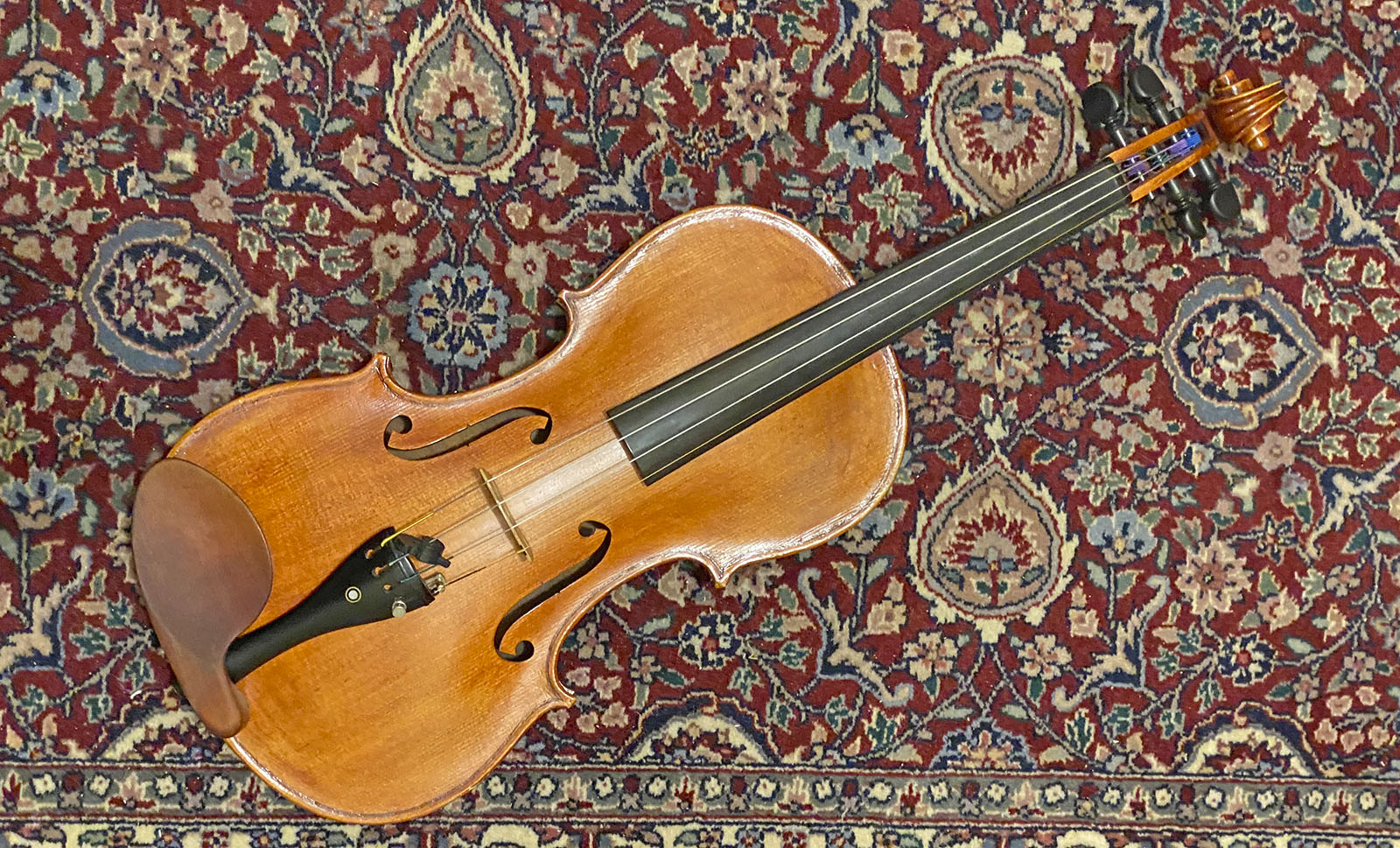
Stacy’s voice conveys a smile even in a long-distance phone call when she recalls helping Houston as he constructed violins and built electronic devices.
“I remember as a little-bitty kid sitting on the floor by his workbench holding components together while he glued or soldered them, or helping him measure antenna wire.”
The antennas were part of Houston’s longtime hobby of amateur (ham) radio. For years, local enthusiasts would gather on Saturday mornings to chat and swap technical information over coffee and doughnuts. For a few years, the group assembled in Houston’s home living room.
One regular member of the group, Dean Prull, notes that the person whose turn it was to bring the eats had to be sure to include at least one of Houston’s favorite chocolate-on-chocolate doughnuts in the selection. “And if anyone took Houston’s doughnut, he was in big trouble,” Prull says with a laugh.
Mike Brumley recalls that sometimes a problem would be brought up involving a malfunctioning radio or a challenging construction project — and if no solution was readily reached, according to Brumley, “We would conclude by saying, ‘No one can fix this problem!’
“At that point the room would turn into a classroom, and we would have our own professor explaining the process and methods of repair. Houston loved to teach, and we loved the professional instruction.”

An occasional attendee on Saturdays was Bob Heil, whose Illinois-based Heil Sound is the premier U.S. manufacturer of microphones. Heil says he grew to admire Houston’s expertise, and he was intrigued when he learned that in the 1950s, Houston had published an article in a national radio magazine detailing a sophisticated radio transmitter that he’d designed and built.
Eventually Heil gleaned sufficient details to figure out what had happened to the rig: Houston had given it to a friend in Texas decades ago, and subsequently lost track of it. After learning that Houston’s friend no longer was living, Heil tracked down the widow and asked if she knew the present location of the radio.
She did — “It’s still here,” she said. Heil asked to borrow it so Houston could see it again. The widow agreed to Heil’s offer to pay for shipping the radio from Texas to Springfield.
“I remember Houston crying a little bit when I handed that rig to him and he realized what it was,” Heil said. And when the widow learned how much pleasure Houston got from having it back in his hands, she told Heil to not send it back but rather allow Houston to keep it.
The whereabouts of a trio of other notable creations — full-size airplanes constructed as special summer class projects at SMS in the late 1970s and early ’80s — remain undetermined.
Houston organized intensive workshops during three summers that saw students build airworthy aircraft — an upgraded version of a Piper Vagabond, another based on the popular Piper Cub, and a Christen Eagle aerobatic biplane — in Kemper Hall on the SMS campus.

Stacy has warm childhood memories of those projects, as well as a plane that her parents owned for several years. Both Houston and Charlotte were licensed pilots, and they took their daughter on many flights around the region.
“I grew up around air shows,” says Stacy. “I got to sit in the cockpits of old planes and see some really cool stuff.”
In the spring of 1982, Houston organized a different sort of special activity at SMS — an intensive five-day course titled “Luthier’s Workshop: The Building of Stringed Instruments,” in which students were taught basic construction techniques for making guitars and violins. Houston, of course, was the lead instructor.
Continued building in retirement years
Jim Ervin re-tells Houston’s version of how he decided to bring his teaching career to a close:
“He said that he was in his office one day when a young man came in and said he wanted to meet Houston. Houston asked if the young man was one of his students.
“‘No,’ the young man supposedly replied, ‘but my grandfather was one of your students.’
“Houston said he decided then and there that it was time to retire.”
However, while he left the campus buildings, Houston didn’t retire from building at home. He began to experiment with unique designs of telegraph keys, employing his expertise in his small home machine shop.
Local infectious disease physician Dr. Alastair Haddow became his beta tester as Houston refined designs. Haddow had met Houston in 1993. At the time, Haddow, a native Scotsman, was a shortwave radio enthusiast, but only as a listener to foreign broadcasts.
Houston encouraged Haddow to get a ham license so he could transmit as well as receive, which Haddow did. In doing so, the physician discovered that he enjoyed communicating via Morse code more than voice transmissions, which made him a handy tester of Houston’s keys.
The first models used traditional springs to react to the operator’s input when forming dots and dashes, but Houston and Haddow experimented with using magnets instead of springs to achieve the required action and allow tension settings to remain in consistent adjustment.
“Houston would give me a set to try, and I would give him feedback,” Haddow says. “He continued to fine tune them, both in sophistication and in complexity of the machining and the appearance. It just had to be absolutely perfect or he was not happy with it.”
Over time, Houston turned out about 100 of the code-sending units. Haddow treasures a set that Houston made specially for him with a heavy rosewood base.
Houston sold some just to recover the cost of materials. In recent years, they have sold on internet auction sites and other secondary markets for hundreds of dollars as the keys’ reputation for smooth operation and Houston’s reputation for superb craftsmanship have spread.
However, most of the keys simply were given to friends or others whom Houston considered deserving.
He did the same with most of the violins, Stacy says.
Giving his talents to those in need
“What he tended to do was to place them. He would find people who needed an instrument but who didn’t have the resources. Many times he would just give them an instrument, or just have a nominal charge. He never did anything for profit; he placed things into the hands of people who needed them or would appreciate them.”
John Jackson and others admired that about Houston, and continue to live the lessons he taught.
“Houston had a big impact in my life,” Jackson says, adding with mock protest:
“But he also instilled in me a problem: If somebody tells me it can’t be done, I go ahead and do it anyway.
“It’s a habit I picked up from him that’s gotten me into some trouble over the years.
“But it’s gotten me out of a lot of trouble, too.”


